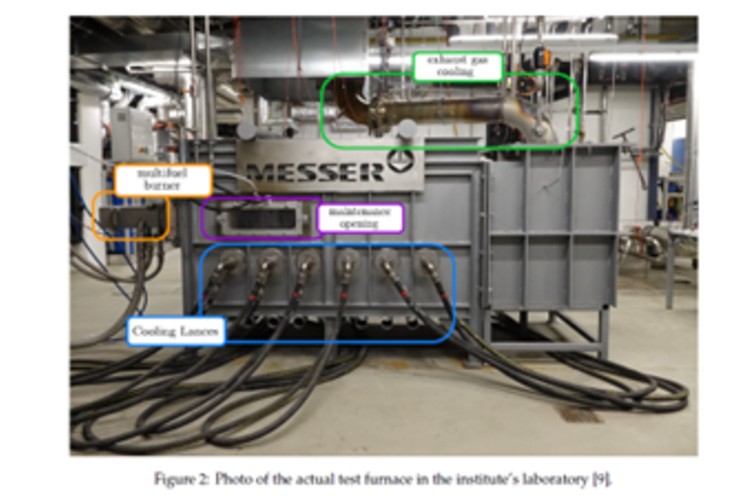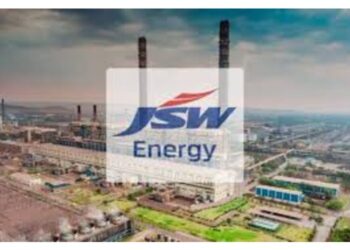Ugine : Swiss Steel Group Drives EU-Funded Project to Transition from Natural Gas to Clean Hydrogen in Steel Production
The steel industry is one of the world’s largest CO2 emitters, contributing around 8% of global CO2 emissions. A particularly challenging area is the thermal steel processes, which were responsible for up to 39 billion tons of CO2 emissions globally in 2021 due to natural gas combustion. Can hydrogen be the solution for this emission-heavy sector?
As part of the HYDREAMS project, Swiss Steel Group is taking a crucial step in this direction. The project, funded by the European Union in April 2023, aims to explore how the steel industry can transition from natural gas to clean hydrogen, significantly reducing its carbon footprint. The project focuses on two types of furnaces (reheating and annealing) and two burner types (impulse and flat flame systems) to test hydrogen combustion’s efficiency in steel production.
Picture 1
The HYDREAMS project is the first comprehensive attempt to study the effects of hydrogen combustion on various steel grades. To date, no extensive studies have investigated the physical changes and potential deviations in steel properties when hydrogen is used instead of natural gas, such as differences in flame velocity, radiance, or exhaust gas composition.
Picture 2
“Replacing natural gas with hydrogen in thermal processing is still not mature enough and poses potential risks – including increased NOx emissions and possible negative effects on steel quality and furnace refractory life,” explains Laurent Sieye, Sustainability Manager Ugitech, Swiss Steel Group “That’s precisely what we aim to investigate and address in the HYDREAMS project.”
The project is progressing in multiple stages, starting with laboratory tests in pilot furnaces, followed by CFD simulations, furnace modeling, and industrial demonstration trials. In the first phase, tests were conducted with 13 different steel grades, and no structural differences or changes in composition were observed in the steel samples after heating with air/natural gas, air/hydrogen, oxy/natural gas, and oxy/hydrogen.
Picture 3
Over the next few years, the HYDREAMS project will conduct a series of industrial trials. Three demonstrators for different heating processes and product types (blooms, forged bars, and coils) are planned. The commissioning of the first demonstrator (DEMO 3) is scheduled for March 2025, with the first bloom trials taking place this summer. DEMO 1 and DEMO 2 will begin in 2026.
Picture 4
The project aligns with the EU’s climate change mitigation and steel industry decarbonization priorities. This solution could also offer an alternative to electric heating, which presents technical challenges in specific applications, such as excessive wear of electric resistances at high temperatures or poor temperature homogenization within the furnace.
In addition to technical findings, the project will provide safety assessments, life cycle analysis (LCA), and cost analysis, all of which will be vital for future market deployment.
Captions:
Figure 1 Map: The countries of the partners involved in the project are shown in yellow.
Figure 2 Data spider: Technical, stainless and tool steels examined and chemical compositions of the alloys, showing the broad spectrum of grades examined
Figure 3 Pilot furnace: Messer test furnace and burner at the Institute of Thermal Engineering at Graz University of Technology
Figure 4 Self-explanatory













